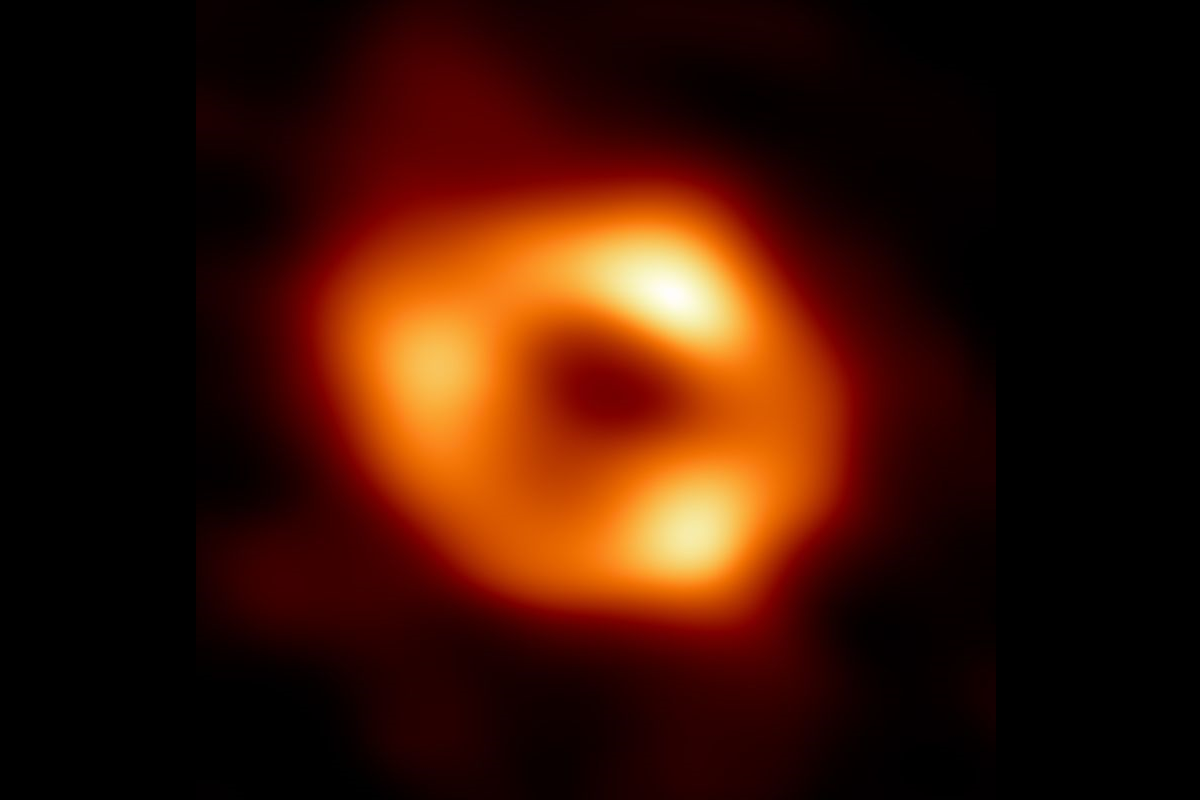
How Do Scientists See Black Holes?
Livestream show (rescheduled from the in-person cancellation)!
If light can’t escape from black holes, how do we know where they are and what they’re doing? Black holes formed from dying massive stars are the densest things in the universe. They have ten to 100 times the mass of the Sun crammed into a space that is only tens of miles across. There are also supermassive black holes at the centers of most galaxies (including our own Milky Way galaxy), that are millions to billions of times more massive than the Sun.
Black holes get their name because their gravity is so strong that not even light can escape, so they look black to us. However, we still know where lots of them are. Scientists can find and study black holes from the effects they have on the space environment around them. In this talk, astronomer Dr. Abbie Stevens tells us about the ways of finding black holes and learning more about their extreme physics.
Dr. Abbie Stevens is an NSF Astronomy & Astrophysics Postdoctoral Fellow at Michigan State University and the University of Michigan. She studies black holes and neutron stars by looking at X-ray light coming from stars they’re eating. Alongside this research, Abbie is involved in X-ray space telescopes, science advising on creative projects, open-source software development, astronomy data science, science literacy education, and mental health initiatives in academia.
Auto-generated captioning available
-
Event Date
Thursday, February 16, 2023
-
Start Time
7:00 pm Pacific
-
End Time
8:30 pm Pacific
-
Tickets
Ticket Price: $15 for VIP Supporter
get tickets
$5 for General Admission
FREE tickets also available! -
Venue
Online
-
Location
This event will take place in a Zoom Webinar. Attendees will be able to participate in the chat and submit questions for the live online Q&A with the speaker.
Attendees will not be visible or audible during the event.
Register for Zoom event. -
Available Food & Drink
Grab an (adult) beverage of your choice and join us!
